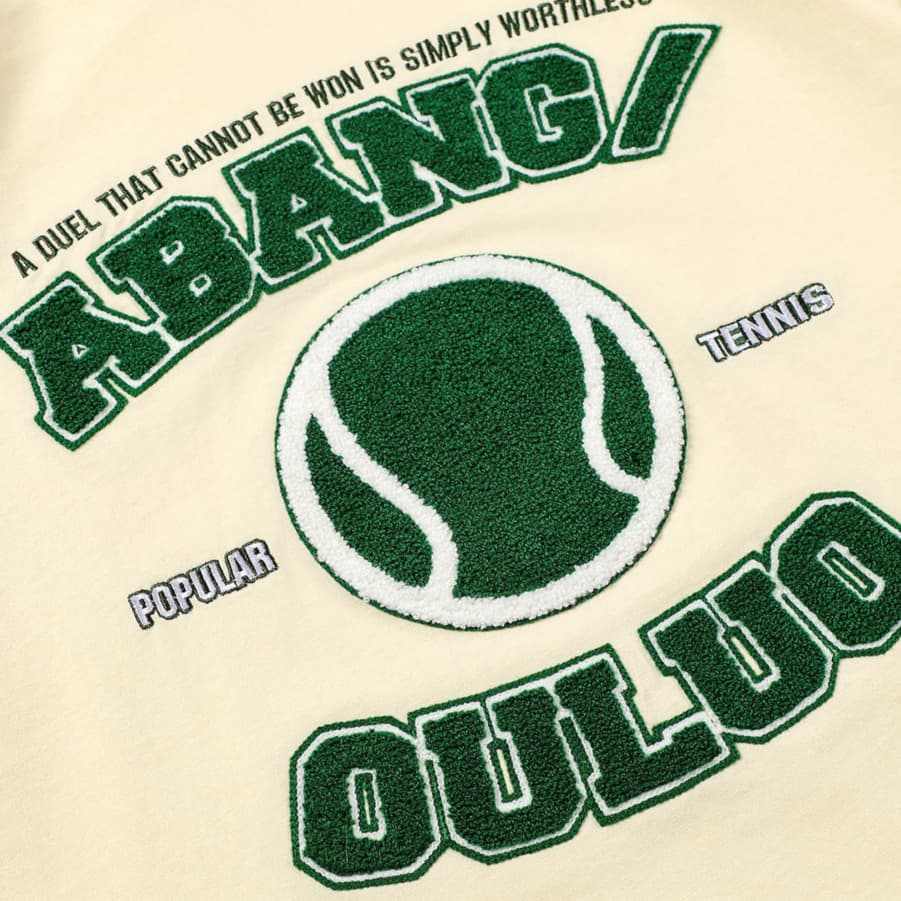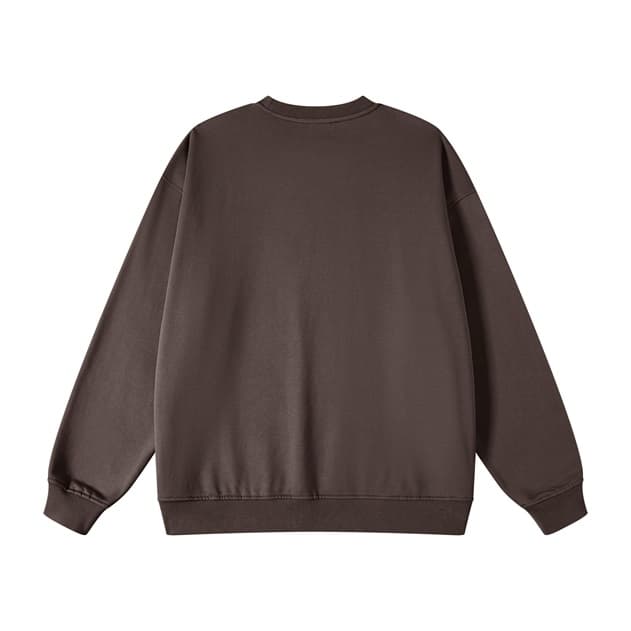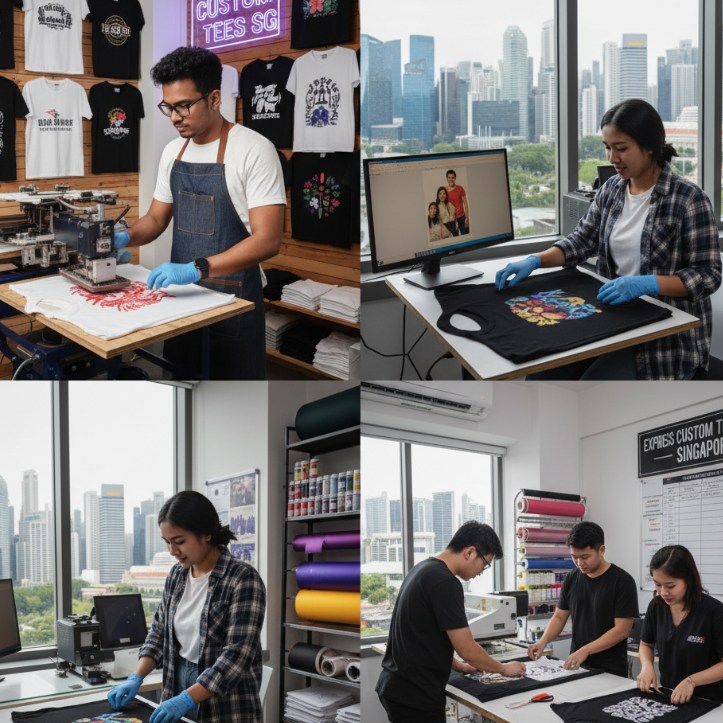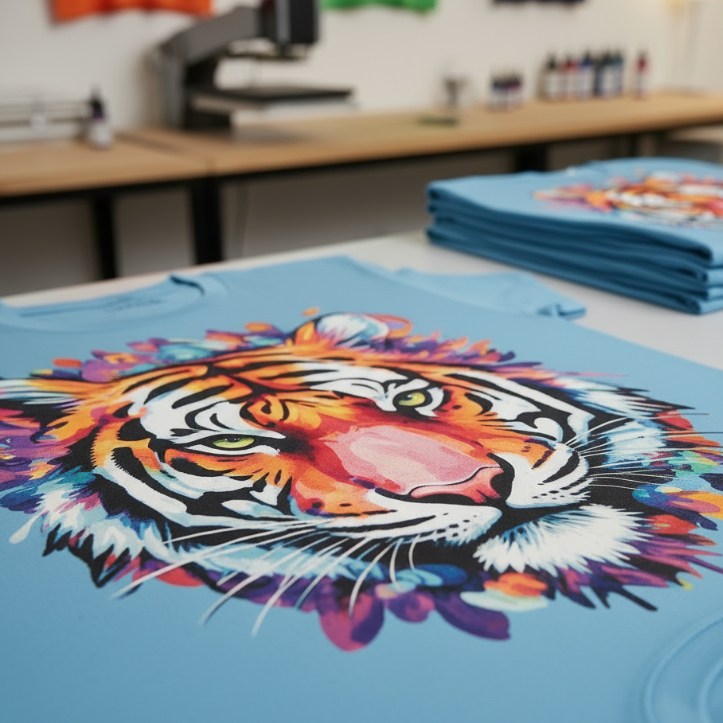Sleek, high-quality fabric can really define an apparel brand’s style and image. While there are numerous affordable but comfortable fabrics that make up the bulk of normal clothing lines, premium fabrics can really make an apparel brand stand out against its competition. Not all premium fabric has to be sourced from Angora rabbits or Vicuna llamas, though. Many are still perfectly accessible for everyday apparel brands while still being distinctly lavish. So, what are these underrated premium fabrics?
Best Premium Fabrics
Let’s take a look at the most underrated premium fabrics in the apparel industry, and whether or not you should consider ordering them for your next collection.
Chenille

Chenille is a mostly modern invention in the scheme of fabric history. It’s a fabric piled up intentionally with yarn to create a soft, fuzzy exterior, not unlike velvet. First originating in the 1800s to make scarves and shawls, chenille has since gained a reputation as a sleek, stylish fabric most popularly found in embroidery and warm outerwear.
While it’s usually more affordable than velvet, chenille is still very clearly a premium fabric. It’s durable, comfortable, and has a nice texture and volume that adds to any sort of apparel. Our recommendation is to experiment with embroidery if you’re incorporating this fabric into your collection.
Fleece
Fleece started off as the more inexpensive, polyester alternative to wool, though it’s gained its own reputation as a powerhouse fabric over the years. This fabric was first invented in the 1970s to be lighter and more flexible than wool coats for winter while still maintaining much of the insulation needed to fight the cold. Its warm, fuzzy texture and durability have made it a distinguished premium fabric, available in both regular apparel brands to luxury brands like Louis Vuitton.
The overall use of fleece has made it more popular in outerwear like coats and jackets, though you’ll still find plenty of fleece sweaters in places like Uniqlo. Of course, the main key to using fleece is to take advantage of its strengths–its lightweight and cozy appearance makes it perfect for any holiday or winter collection in the north.
Wool
Wool and fur are some of the finest fabrics you’ll find in the market, and they’ve been around for as long as humanity has been herding sheep. They’ve only aged better and better as time goes on, being considered one of the more sustainable fabrics as well as being highly insulative, resistant, water-repellent, and effortlessly versatile.
You’ll find wool in just about any type of apparel, from socks to jackets to anything in between. When compared to fleece, it’s a heavier-weight material that’s also built to be almost incomparable in terms of durability and comfort. A good woolen article can last a lifetime, but it does need proper care to maintain its exterior, so be sure to research proper care guides before using this fabric in your collections.
French terry

French terry was developed in the early Renaissance era in crafting noblemen’s tunics and clothing. This fabric is formed through small piles and loops that make it breathable, smooth, and quite soft on the skin. As such, it’s very little wonder that French terry has gained popularity in athletic wear like hoodies or sweatshirts.
Both French terry and fleece are often compared to their similar appearances and textures. While that may be the case, French terry can be made much thinner than fleece and thus ends up being more flexible and breathable. It’s a great option if you’re looking for a more premium fabric for your next sports or streetwear lineup.
Tweed
There are a lot of unique fabrics on this list, but tweed is probably up there in being the easiest to recognize by touch alone. Tweed first came from the highlands of Scotland as a durable fabric woven from wool, made for more dexterous everyday activities like hunting and climbing. It gained popularity among the English noble class, however, which led to its mainstream reputation as a refined, elegant fabric worn by the rich and educated.
Unlike some of the other fabrics on this list, tweed has a rough exterior created by plain weaves and formidable woolen material. As a result, it’s stiffer and will hold its shape, making it perfect for outerwear and suits. It also sports many of the same strengths as wool, being mostly water-resistant and quite cozy for those cold winter nights contemplating by a fire.
Crepe
If you’re looking for something elegant and flowy for your next collection, look no further than the trusty crepe fabric. First made in ancient China, crepe has a distinguishing rippling and draped look that complements the silk garment it was usually made from. Nowadays crepe can also be made of synthetic material or cotton, with its defining characteristic being its smooth, crinkled texture.
Crepe is a very lightweight fabric, so you’ll mostly find it used in scarves, dresses, and other flowy garments. There are dozens of crepe variations as well, so it’s the premium fabric for apparel brands looking to expand their catalog of summerwear or springwear.
Suede
The softness of velvet and the strength of leather–that’s what suede offers apparel brands, and it never fails to impress as a premium fabric. This fabric was first developed in 19th century Sweden as a high-quality glove made from animal hides (usually cows or lambs). Of course, nowadays it’s used in many other apparel gear beyond gloves, thanks to its softness and luxurious appearance.
You’ll likely find suede used in shoes, outerwear, gloves, hats, and even some belts from time to time. It’s a very popular option in formal menswear especially, given its gentle exterior but leather durability. Like leather, suede requires some care to maintain its appearance, so be sure to keep track of a care guide before adding it to your collection.
Need more premium fabrics?
Looking for more premium apparel ideas? Check out Shirtual’s premium collection lookbook for more ideas on how you can expand your collection this year. If you’re thinking of how to best incorporate chenille or fleece into your next lineup, feel free to contact our team of textile experts at Shirtual–consultations are free!





